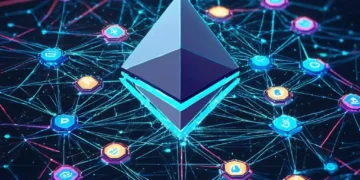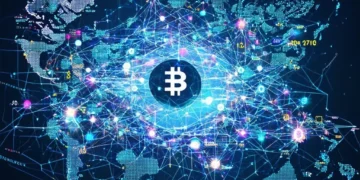No products in the cart.

CNBC reports that sports collection company Fanatics is selling its stake in NFT company Candy Digital. January 4th.
Founded in 2021, Candy Digital has produced collections of NFTs for various sports leagues and groups, including MLB, WWE, and NASCAR. In July 2021, he also ventured into production of Netflix’s Stranger Things franchise, Crypto His Collectible.
Previously, Fanatics acted as one of the founding shareholders of Candy Digital. The company held a 60% stake in the company. These shares are now being sold to a group of investors led by Mike Novogratz’s Galaxy Digital, a cryptocurrency merchant his bank. Galaxy Digital is also one of Candy Digital’s founding shareholders.
None of the companies involved in the transaction have publicly announced the sale. Rather, CNBC got the information from an internal email.
Fanatics founder and executive chairman Michael Rubin wrote in the email:
Over the past year, it has become clear that NFTs are unlikely to be sustainable or profitable as a stand-alone businessDigital products should be separated from physical collectibles in order to create the best experience for collectors. We believe it brings more value and utility when connected.
In the same email, Rubin mentioned an imploding NFT market that sees lower trading volumes and commodity prices. He suggested that at this point, selling Candy Digital’s stake would have a “favorable outcome for investors.”
Rubin added that traditional physical trading cards drive 99% of the sports goods business. Fanatics owns various non-cryptocurrency collecting companies, including trading card company Topps, jersey company Mitchell and Ness, and signed memorabilia company Steiner Sports. These companies, along with Fanatics’ other subsidiaries and core businesses, are believed to account for the majority of the company’s revenue.
The value of the NFT market has actually dropped significantly since the 2021 boom. But despite Fanatics’ pessimistic outlook for his NFT market, recent estimates show that the NFT market is worth 11 times what it was two years ago, suggesting long-term growth potential. left.
















































